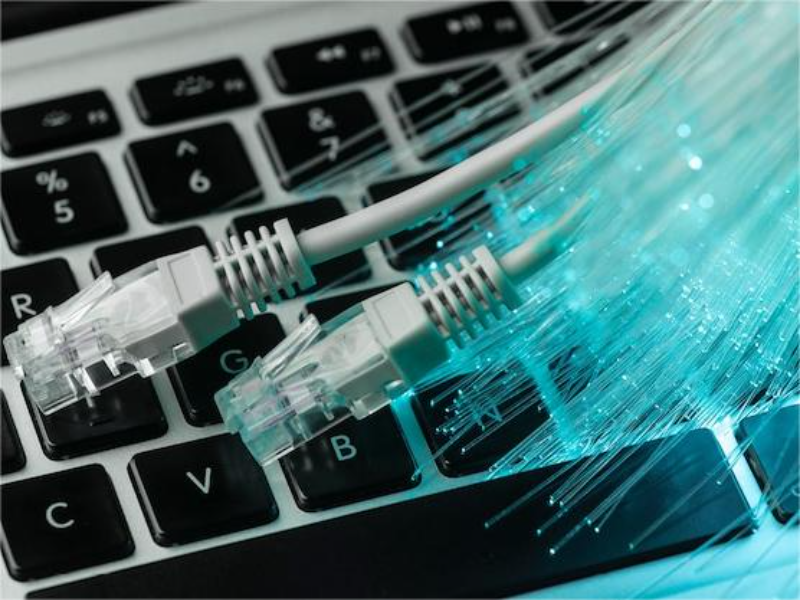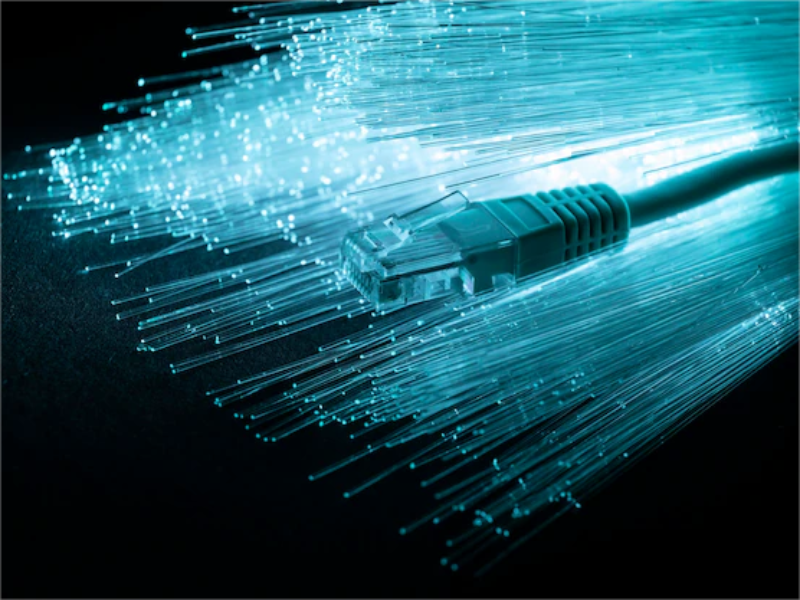- Networking cables are crucial for establishing and maintaining connections between devices.
- Different types of cables serve specific purposes and offer various speeds and performance levels.
In the world of networking, cables are the backbone of connectivity, enabling data to flow between devices with speed and reliability. Understanding the various types of cables and their applications is essential for designing efficient networks, whether for a home setup or a large-scale enterprise. This blog will explore the most common networking cables and their key characteristics.
Ethernet cables
Ethernet cables, or twisted pair cables, are widely used in both residential and commercial networking. They come in different categories, each offering various performance levels:
- Cat5e (Category 5e): Cat5e is an enhanced version of the older Cat5 standard. It supports speeds up to 1 Gbps (Gigabit per second) and frequencies up to 100 MHz. This makes it suitable for most standard home and small office networks. The improvements in Cat5e over Cat5 include reduced crosstalk and improved signal integrity, which enhance performance and reliability.
- Cat6 (Category 6): Cat6 cables offer higher performance than Cat5e, supporting speeds up to 10 Gbps over shorter distances (up to 55 meters) and frequencies up to 250 MHz. They are designed to handle more demanding network environments and are commonly used in environments requiring higher bandwidth, such as offices with heavy data traffic or networks with high-speed internet connections.
- Cat6a (Category 6a): Cat6a is an advanced version of Cat6, capable of supporting 10 Gbps speeds over longer distances (up to 100 meters) and frequencies up to 500 MHz. It provides improved performance in terms of reduced interference and crosstalk, making it ideal for data centers and networks that require high performance and reliability.
- Cat7 (Category 7): Cat7 cables are designed for even higher performance, supporting speeds up to 10 Gbps and frequencies up to 600 MHz. They feature additional shielding to reduce electromagnetic interference (EMI), which makes them suitable for environments with high levels of interference, such as industrial settings or areas with significant electronic noise.

Fiber optic cables
Fiber optic cables use light to transmit data, offering several advantages over traditional copper cables, including higher speeds, longer distances, and immunity to electromagnetic interference:
- Single-mode fiber (SMF): Single-mode fiber is designed for long-distance communication, using a single light path to transmit data. It supports high bandwidth and low attenuation over several kilometers, making it ideal for telecommunications, internet backbone connections, and large-scale networks. SMF cables are typically used for long-haul data transmission and high-speed internet links.
- Multi-mode fiber (MMF): Multi-mode fiber supports shorter distances and is typically used within buildings or campuses. It transmits data using multiple light paths, which can lead to modal dispersion and signal loss over longer distances. However, MMF cables are cost-effective and suitable for high-speed data transmission within a limited range, such as local area networks (LANs) and data centers.
Fiber optic cables offer several benefits, including higher data transfer rates, lower signal loss, and greater immunity to external interference. They are increasingly popular for backbone connections, high-speed internet, and applications requiring reliable and high-capacity data transmission.
Also read: BroadBased: Revolutionising fiber optic connectivity in Nigeria
Also read: Verizon uses AI to prevent underground fiber damage
Understanding the different types of networking cables and their respective applications helps in selecting the right cables for specific needs, ensuring optimal network performance and reliability. Whether you’re setting up a home network or designing a large-scale infrastructure, choosing the appropriate cables is crucial for achieving a well-functioning network.

